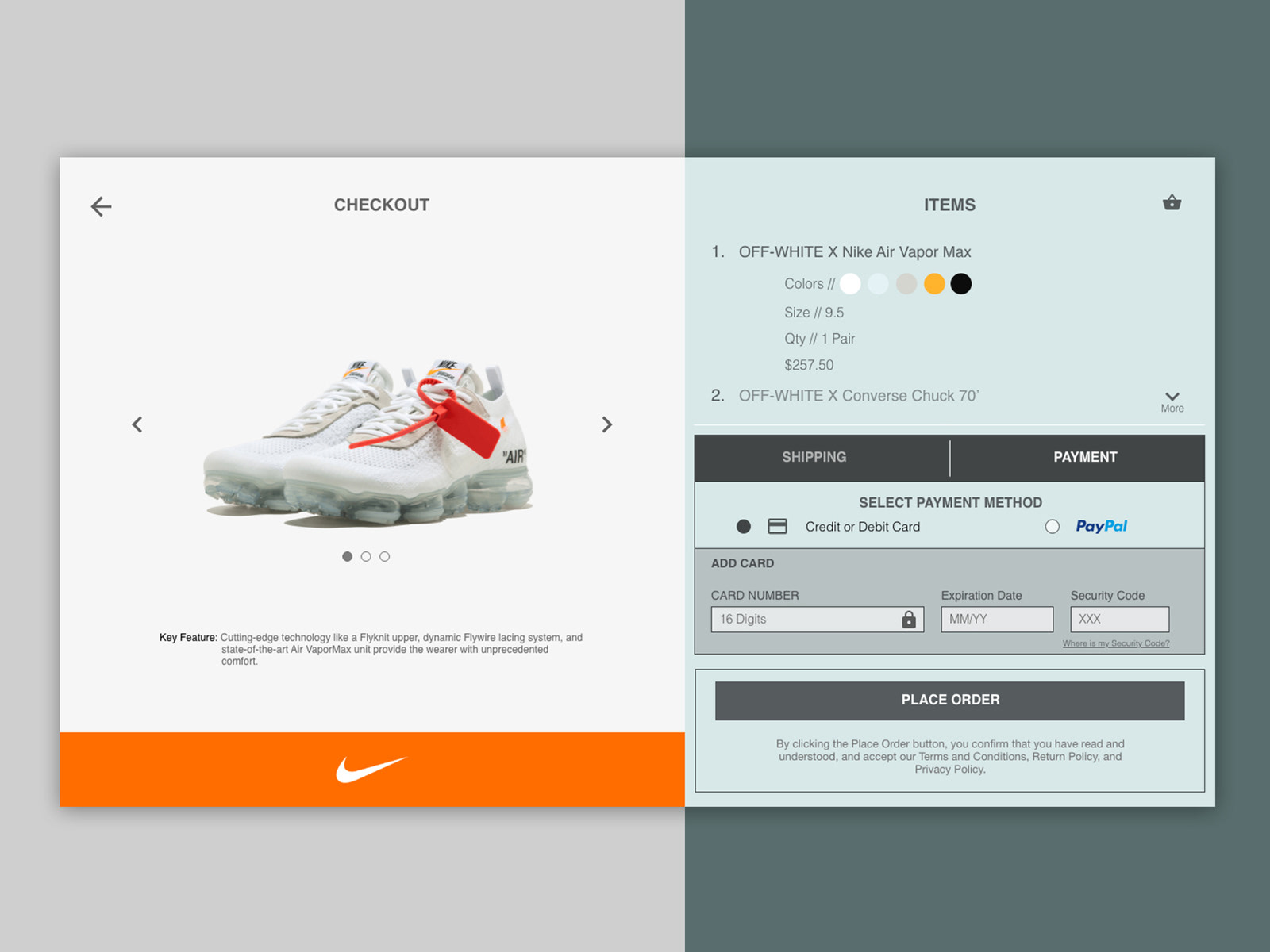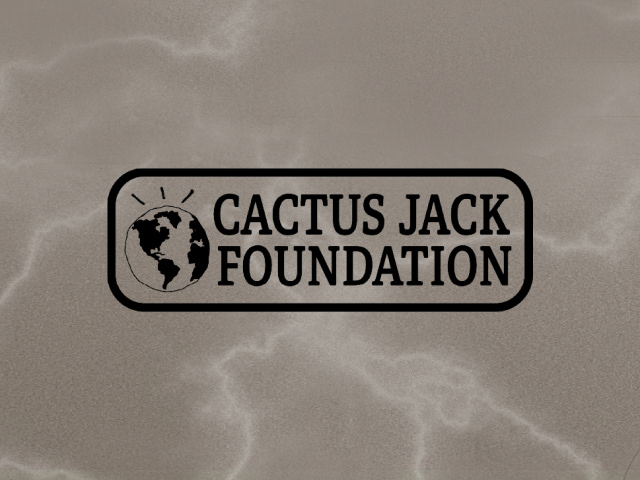Create a functioning Blockchain-As-A-Service system that aims to allow anyone to develop, mint, sell, and manage non-fungible tokens (NFTs) directly from their website, Shopify, or across popular marketplaces.
Project Overview
Brief
Create a functioning blockchain dashboard that aims to allow anyone to develop, mint, sell, and manage non-fungible tokens (NFTs) directly from their website, Shopify, or across popular marketplaces.
Deliverables
10 app screens: Event Sales, Funds Generated, Chain Participants, Personas (Events, Merchandise, Funds), Event Information, Smart Contracts, Fund Information
Roles
Product Designer, UX Researcher
Method
Double Diamond Process
Project Duration
7 weeks
Tools
Figma, Mockup, Notion, & Zoom
Feature
Design Process
Background
What is the importance of the blockchain?
Blockchains increase trust, security, transparency, and traceability of data shared through business networks. These new systems prevent potential informational alterations while encrypted end-to-end preventing fraud and unauthorized activities. For transparency, all organizations must keep and maintain a separate database. In a more decentralized ecosystem, all network participants with granted access see the same information. All transactions are also recorded which enables members the ability to view the entire history of transactions eliminating fraud. There's proof in the traceability actions throughout the journey sharing data directly with the customers. It's a much faster process eliminating the paper handling process. Smart contracts create an autonomous process that reduces human intervention.
The Problem
Lack of opportunity for creators and collectors to participate in their terms forcing friction between fans and the creators.
Goals
1. Allow users to create by minting with ease
2. Let users control their contract terms
3. Provide traceability for users to track assets across marketplaces supporting the secondary market
4. Protect the user's digital assets
5. Conveniently buying and selling with frictionless access
Competitor Analysis
I worked with the founders to help discover who some of the competitors, direct and indirect would be. There are many blockchain platforms. After researching, we chose two direct competitors - IBM, and Tron. I then chose two indirect applications - Steller, and Tezos.
Competitor Analysis - Created in Figma
Competitor Analysis Findings
The companies chosen share similar values in the blockchain market. Each technology has a transparent supply system to share data with your partners and peers for more efficient transactions and built on trust.
IBM's blockchain technology has eliminated the process of paperwork and has increased the opportunity for visibility for blockchain solutions with the validated goal of preventing fraud and forgery. Enterprises can also incorporate contactless ticketing for events.
Tron has a very extensive ecosystem including a wallet, TronScan for query and token creation, an application scenario for payments and voting, and so on. With an application, it provides higher scalability for highly effective smart contracts. It has also created a DAO.
Stellar allows all forms of money to be traded, created and shared. With its APIs and SDKs, anyone can build a global payment app, and asset exchanges, and allow micropayment services.
Tezos is a blockchain technology governed by the people to play, build, and collect.
User Research
For this part of my research, I wanted to use secondary data for a detailed analysis of the blockchain ecosystem
Reasons to implement blockchain solutions:
1. Documentation for compliance and clarity without costly clutter
2. Effective for more efficiency with better security
3. Intermediaries with less friction
4. Cost with less labor, time, and process.
5. Decentralized Structure
6. Tokenization
The security of data is closely connected to the implementation of blockchain. The blocks constructed from the data are encrypted and linked making sharing digital information more secure. It's an advantage not only for the company but also for its customers.
Challenges implementing blockchain:
1. Blockchain-based applications require everyone within the process ecosystem to use the system. That in turn requires everyone to make the investments in the technology implementations and process changes that go along with the move to the new blockchain-based application.
2. Many blockchain-based solutions need support from other systems and processes to verify that the data added to the blockchain is accurate. It assumes all parties involved adhere to standards, but someone could lie. So there needs to be checks to confirm information. There needs to be some mechanism behind the information to confirm it.
This detailed chart is a further look into more companies moving into or building blockchain technology provided by CBInsights.
User Persona
Using the secondary research collected allowed me to create a persona that will allow for better design decisions based on a user's behaviors and needs.
Ideation
Sitemap
We needed to construct a visual sitemap to show the information architecture of the blockchain system for Beasy.
Sitemap - Created in Figma
Design
MidFi Wires
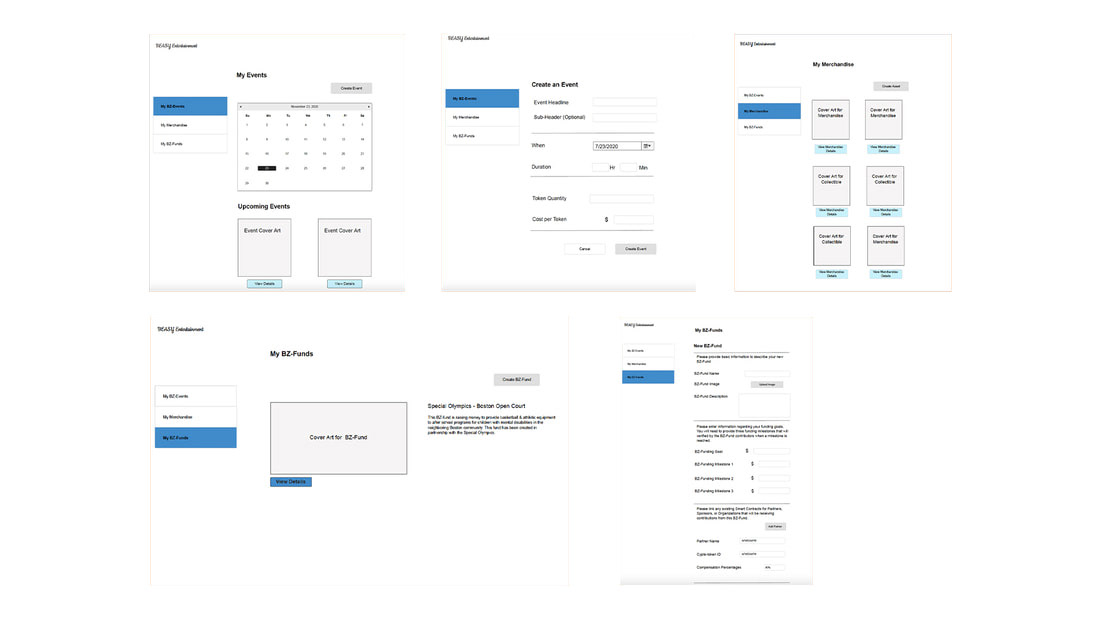
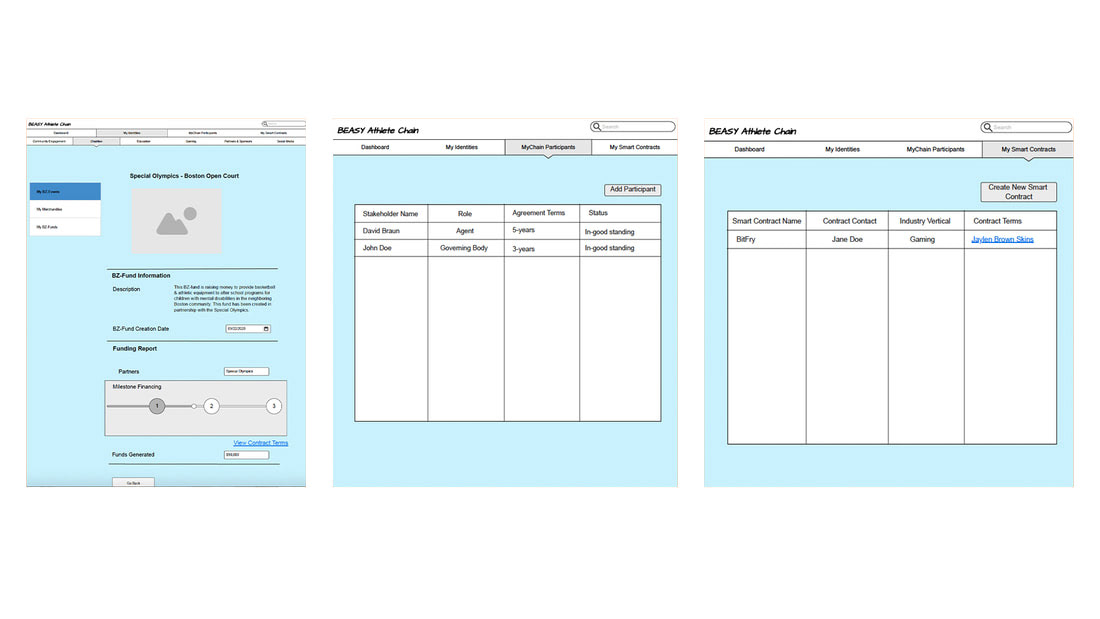
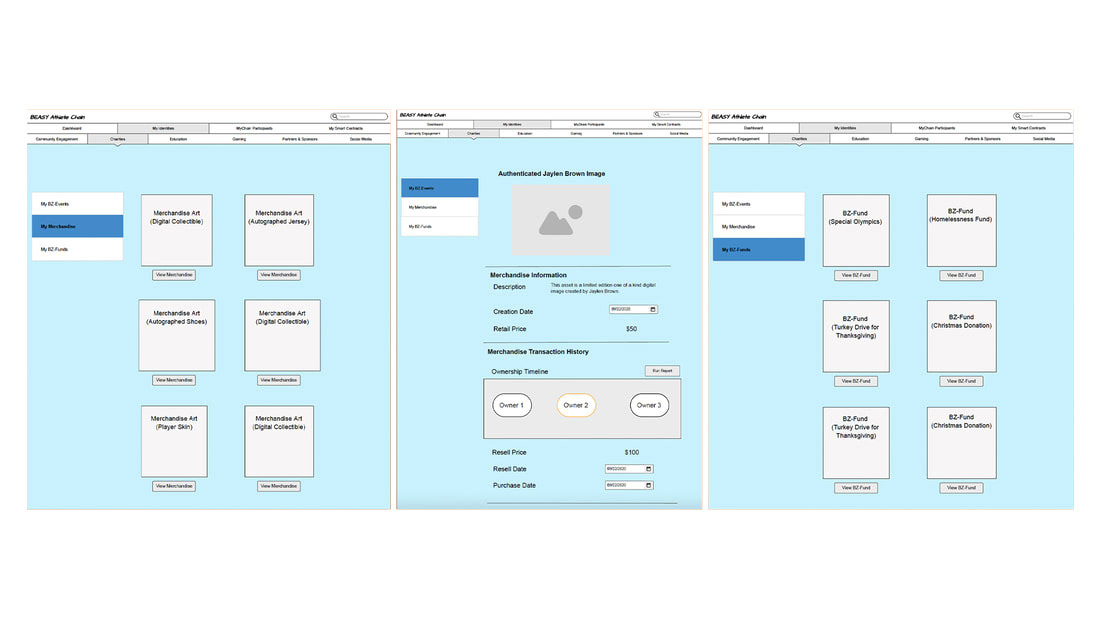
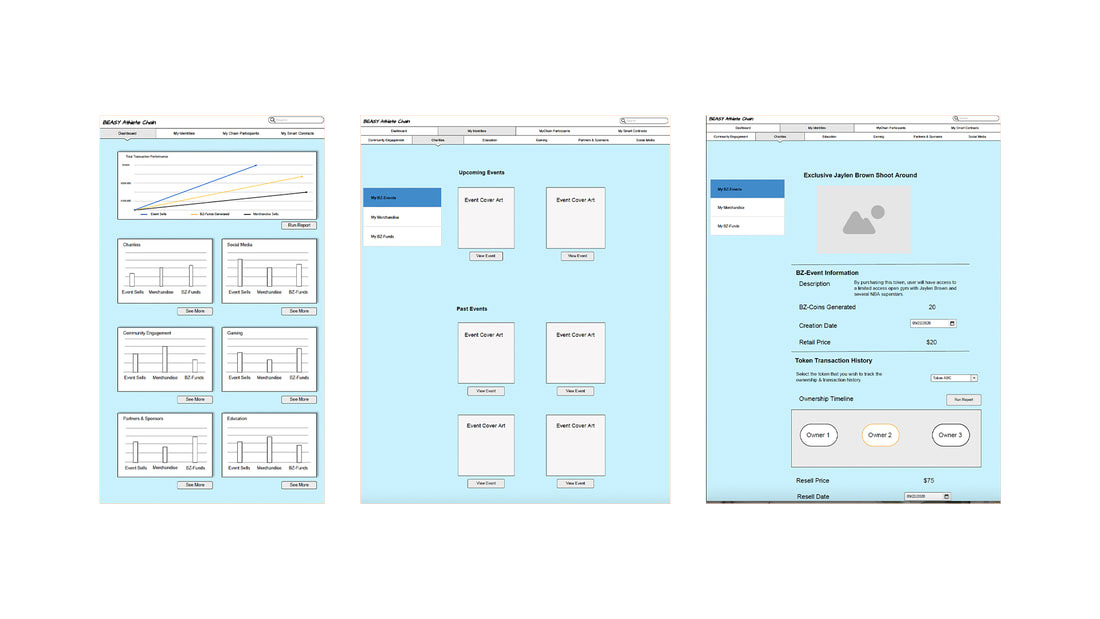
HiFi Wires
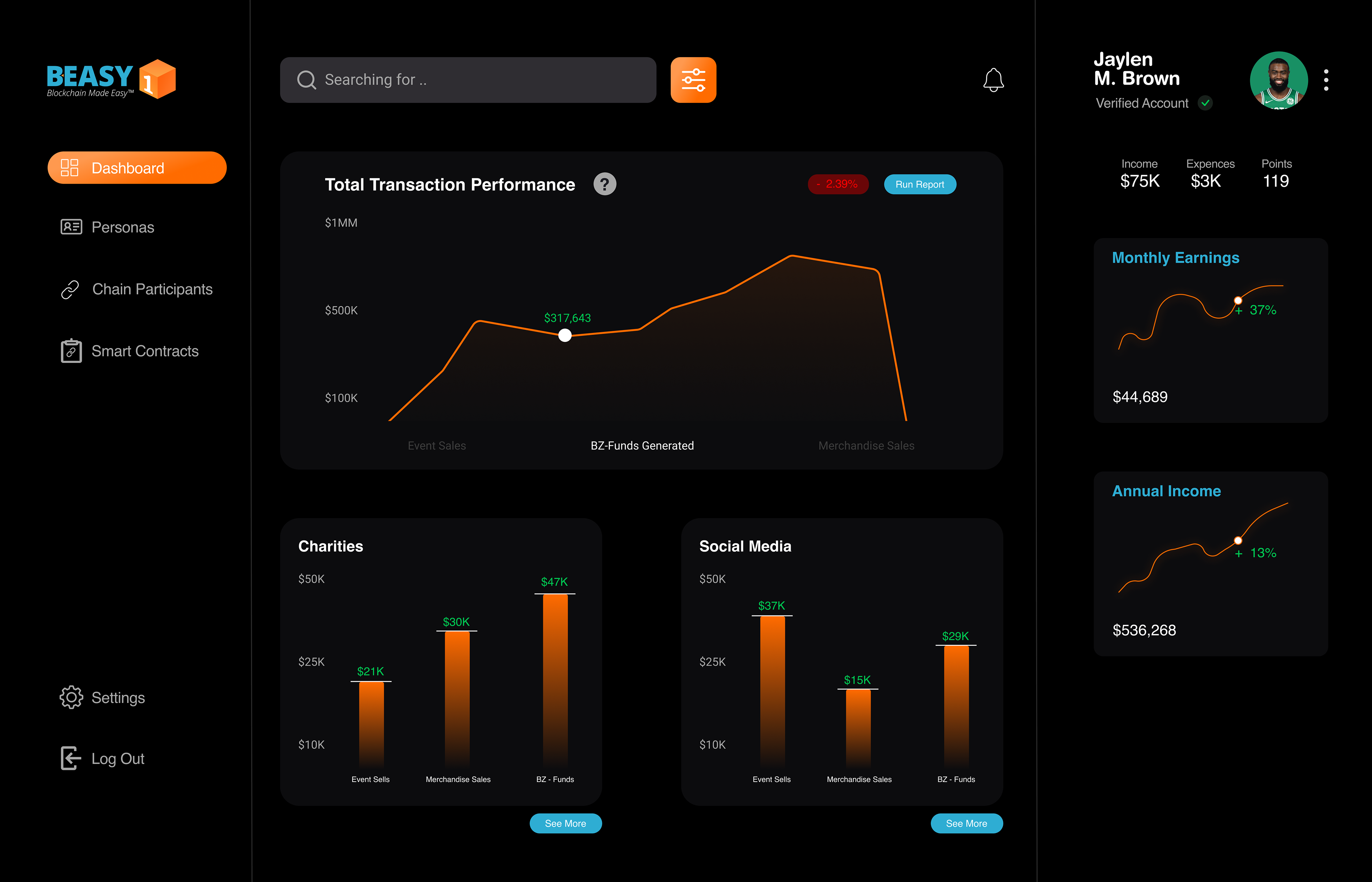
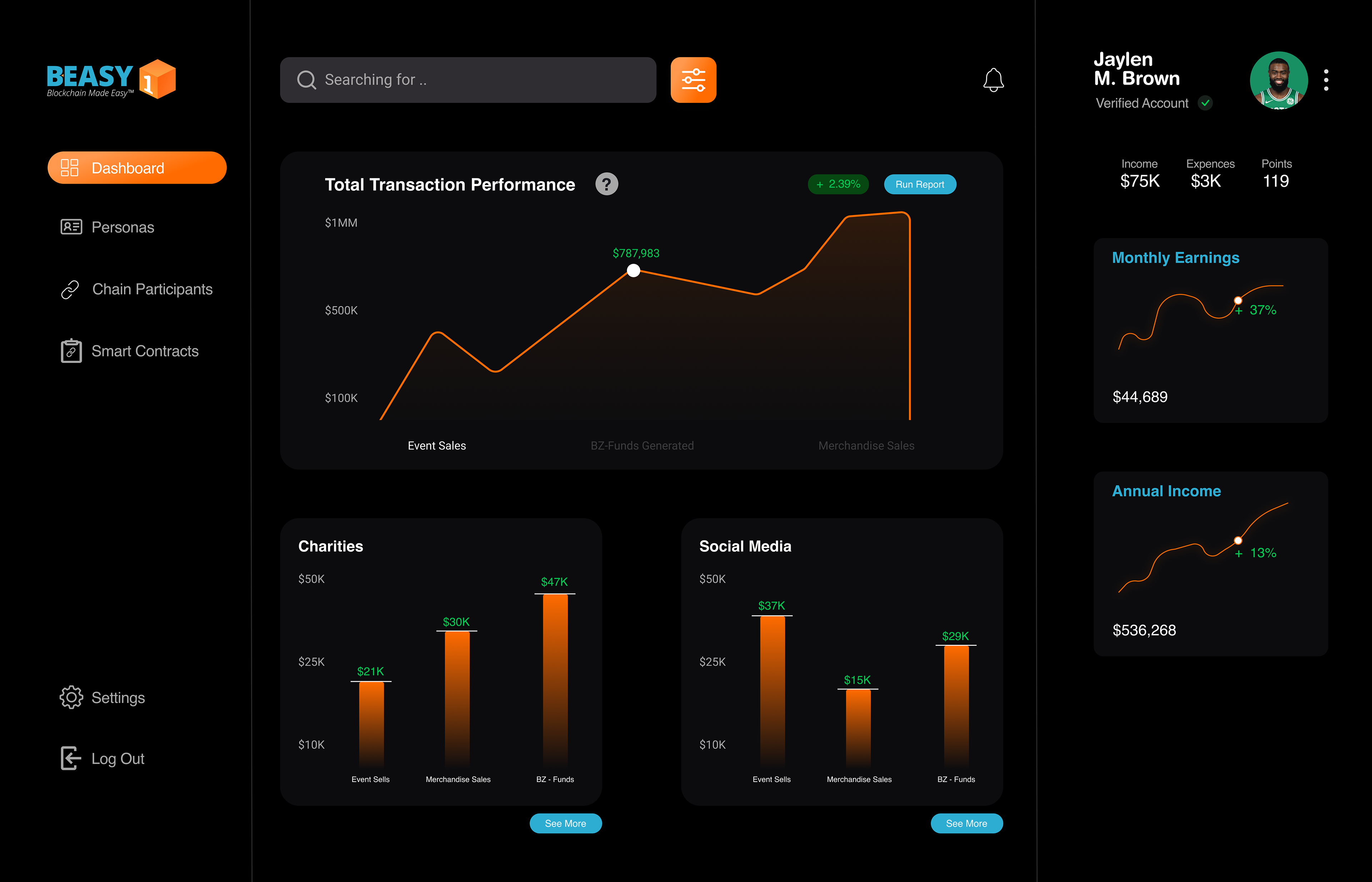

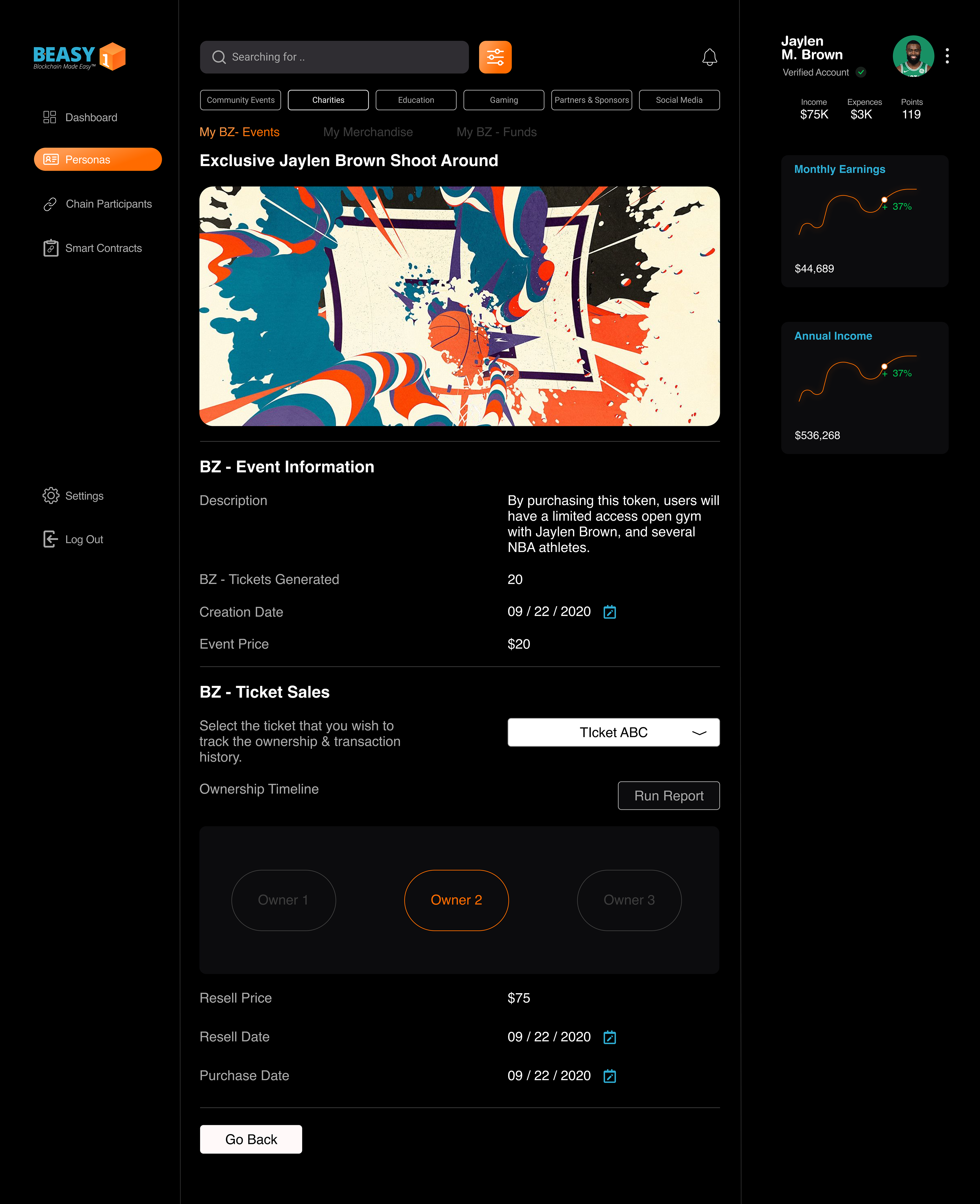
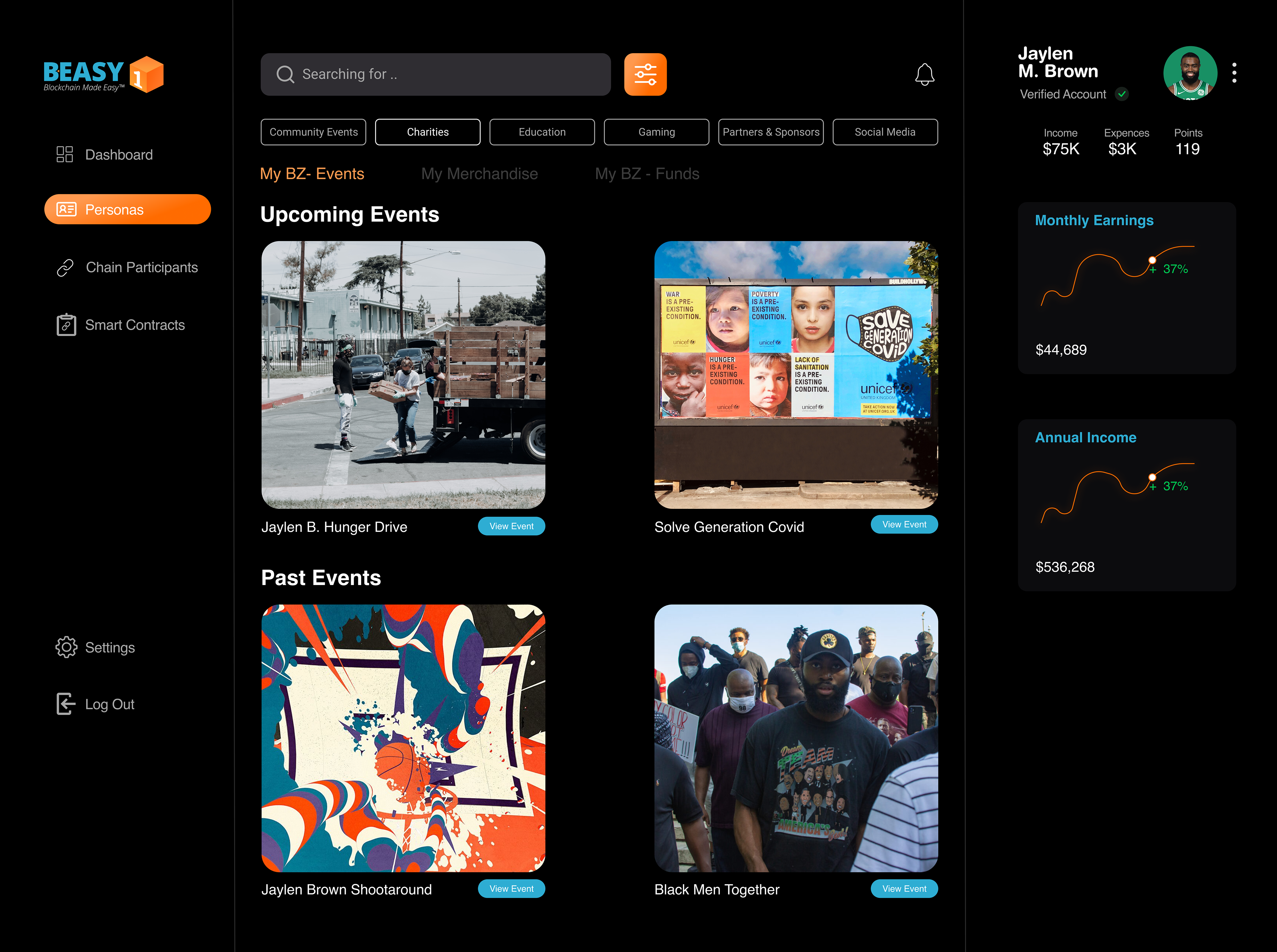
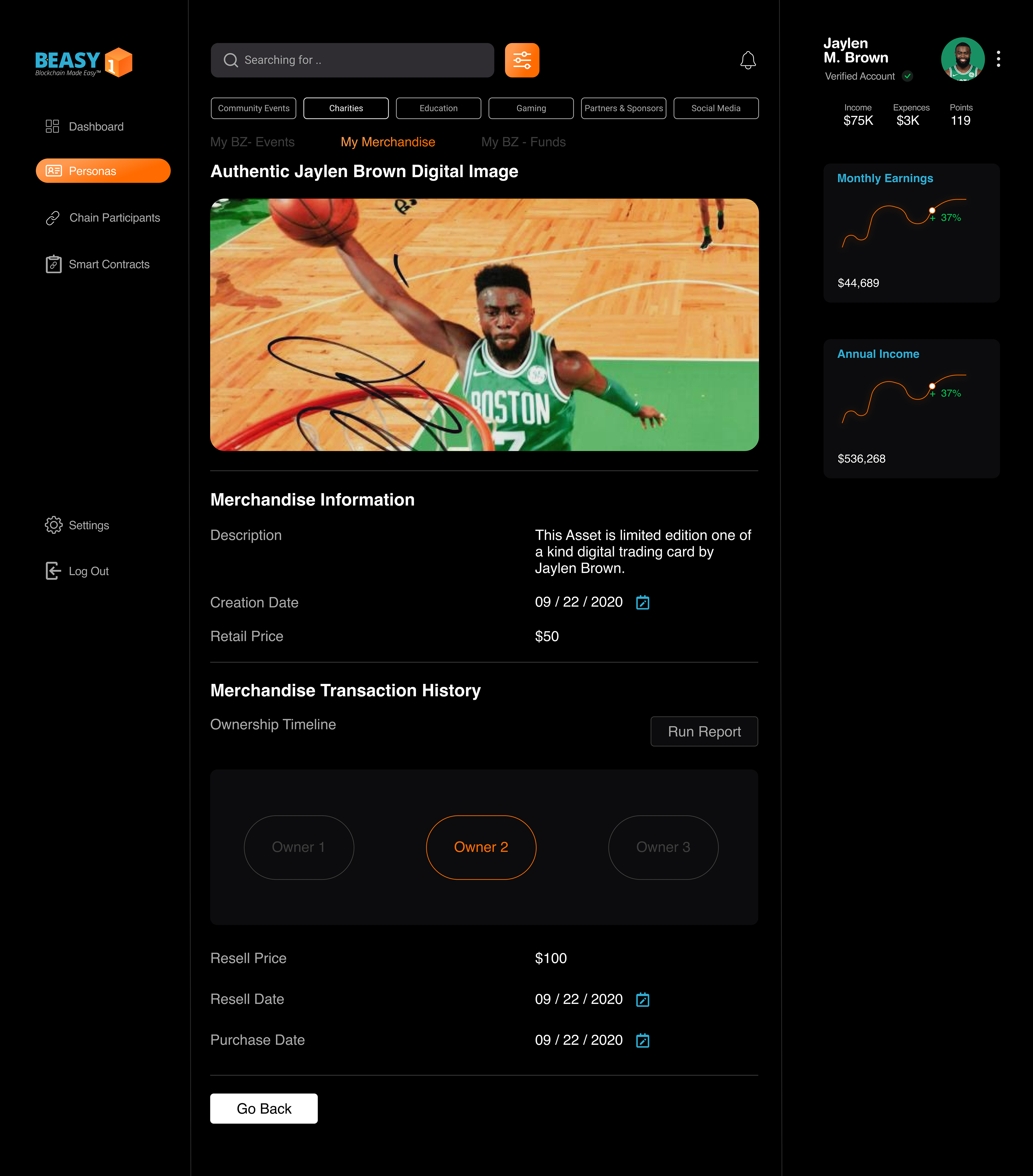
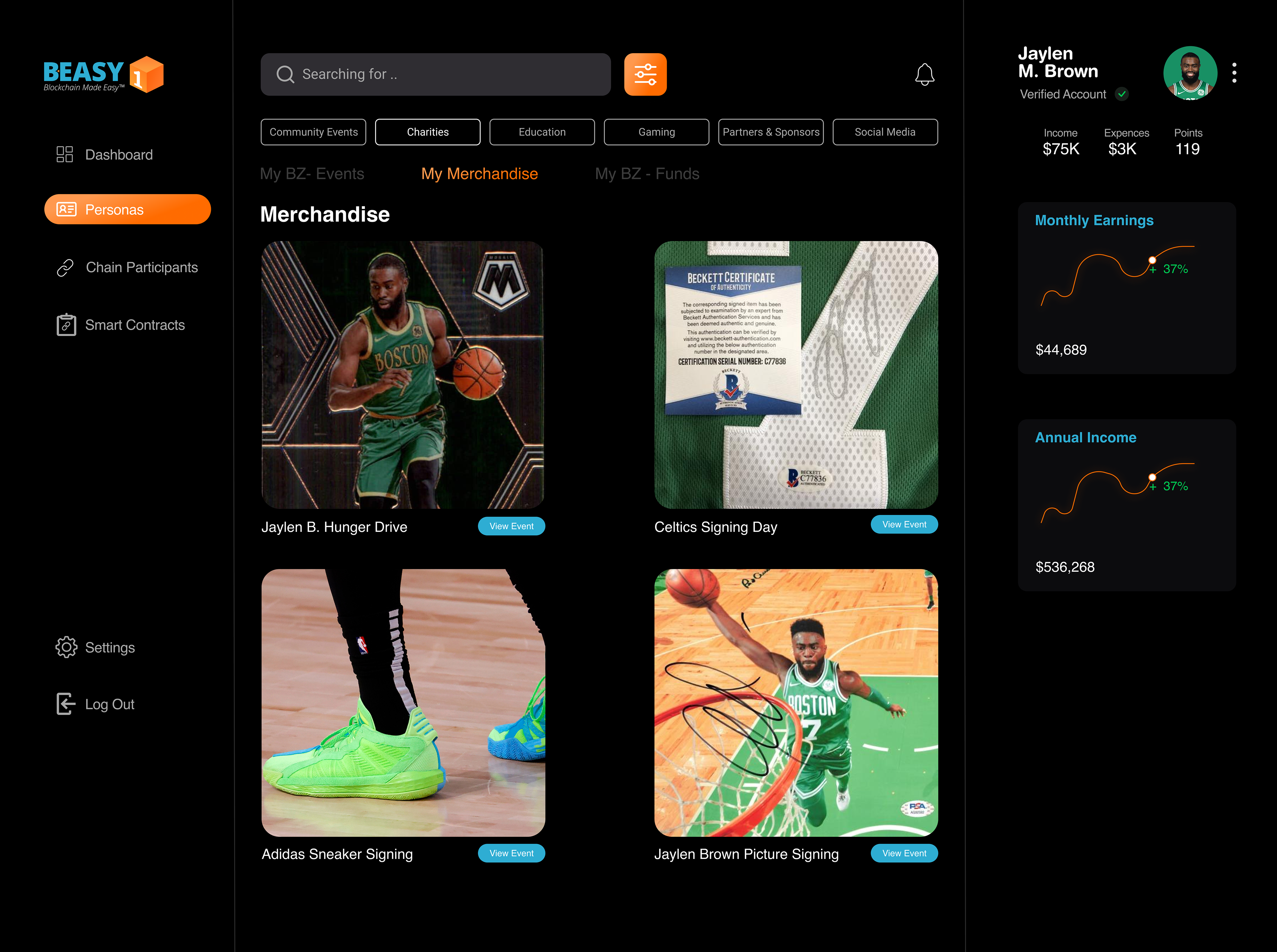
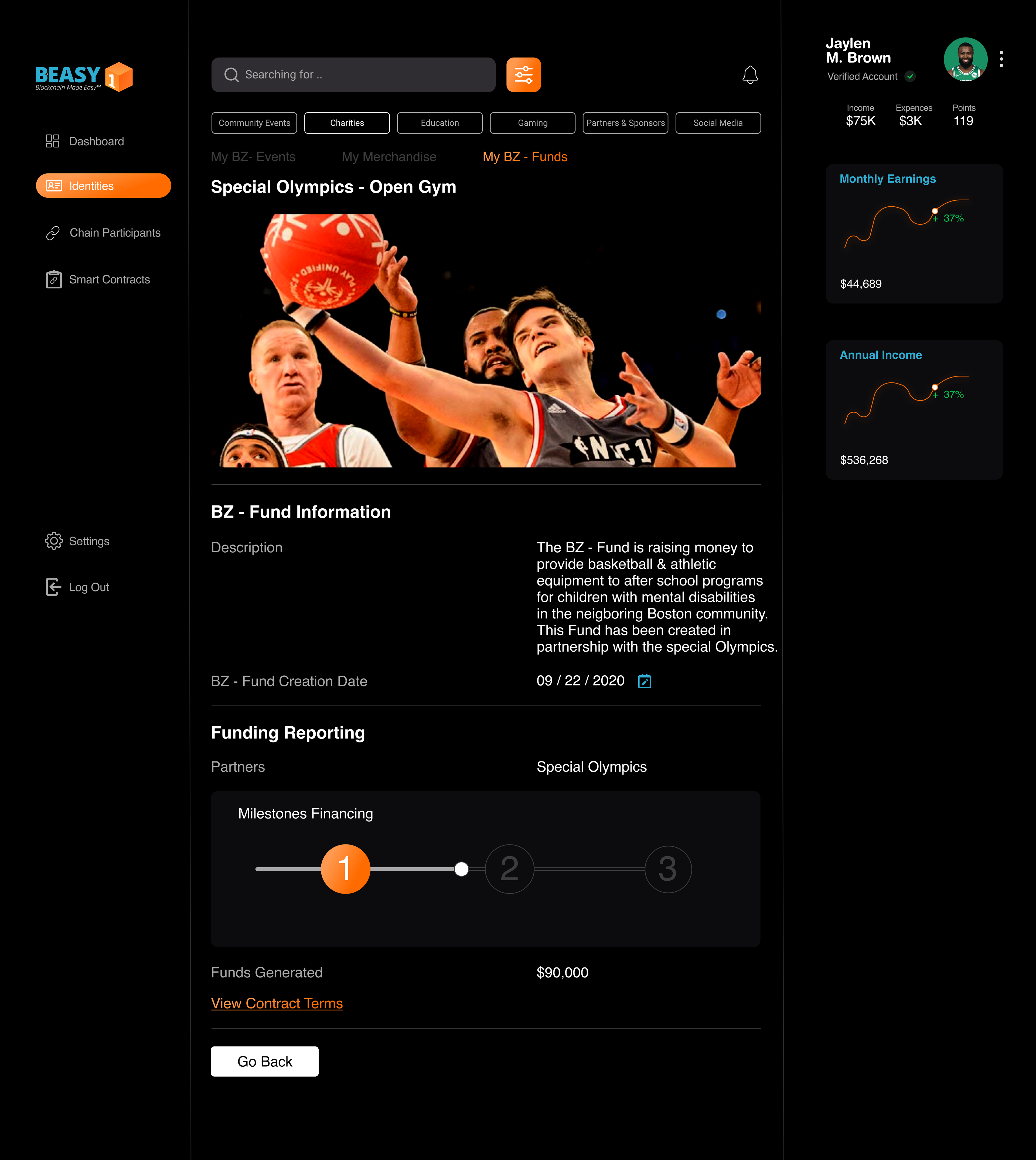
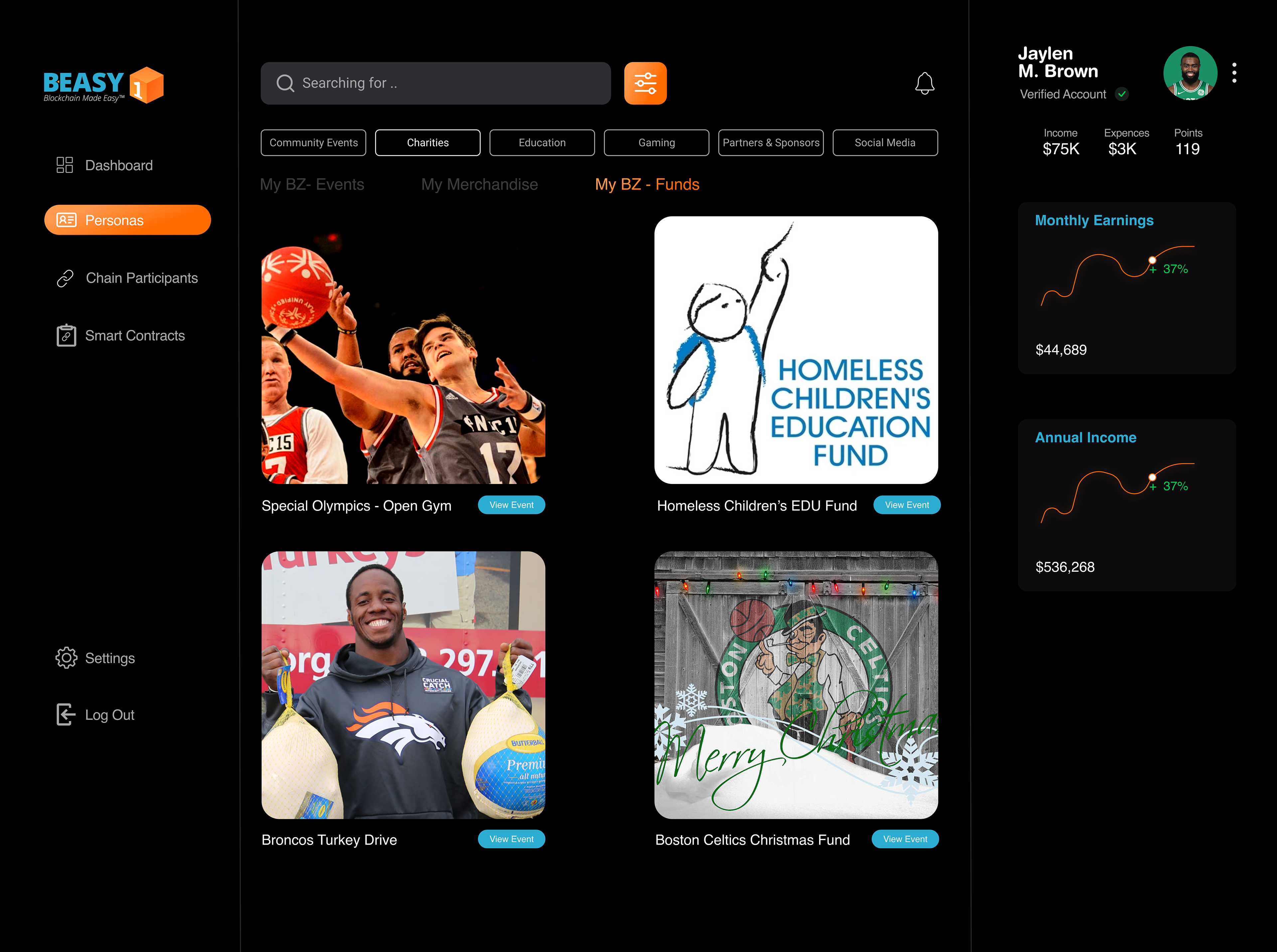
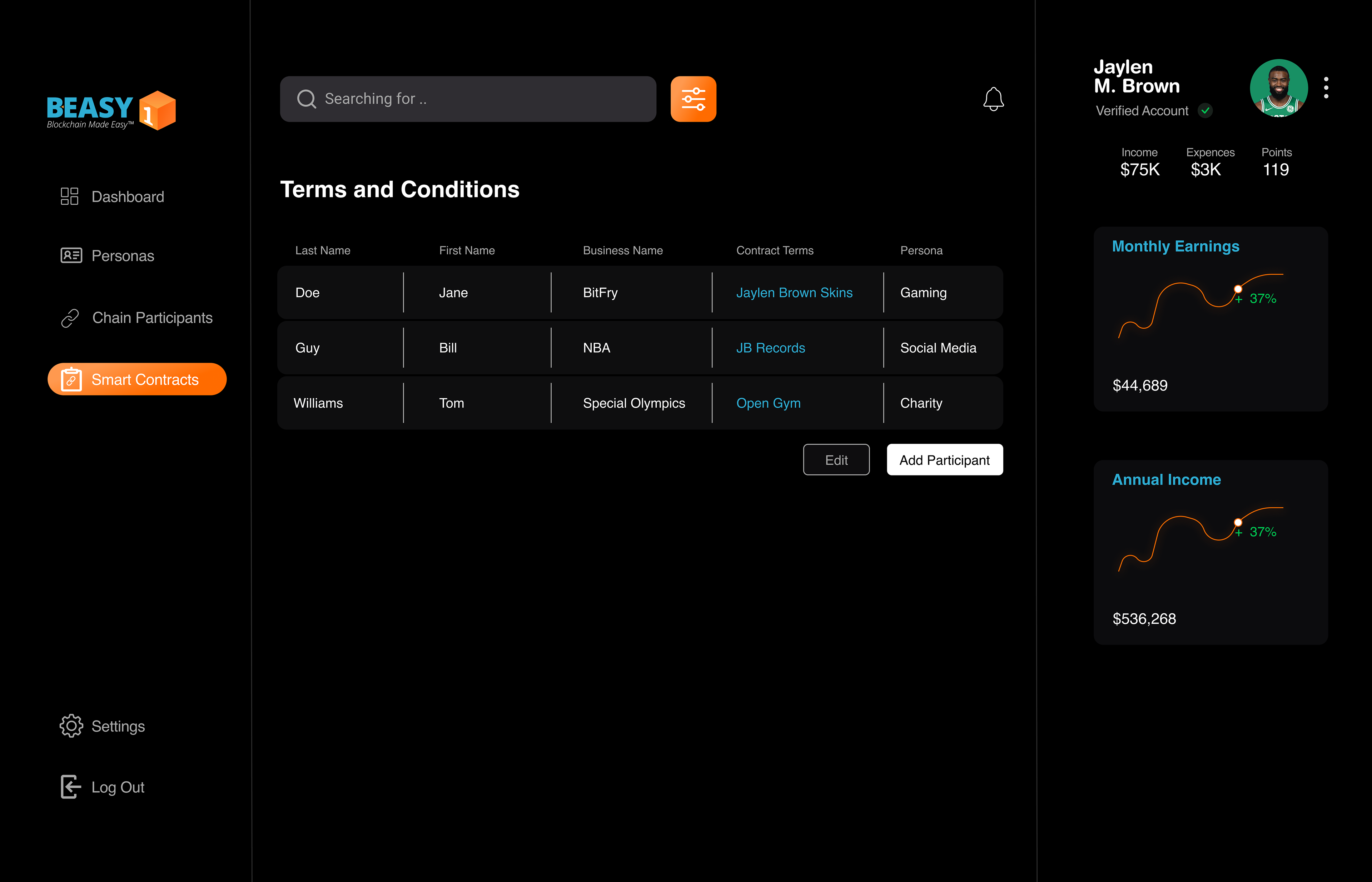
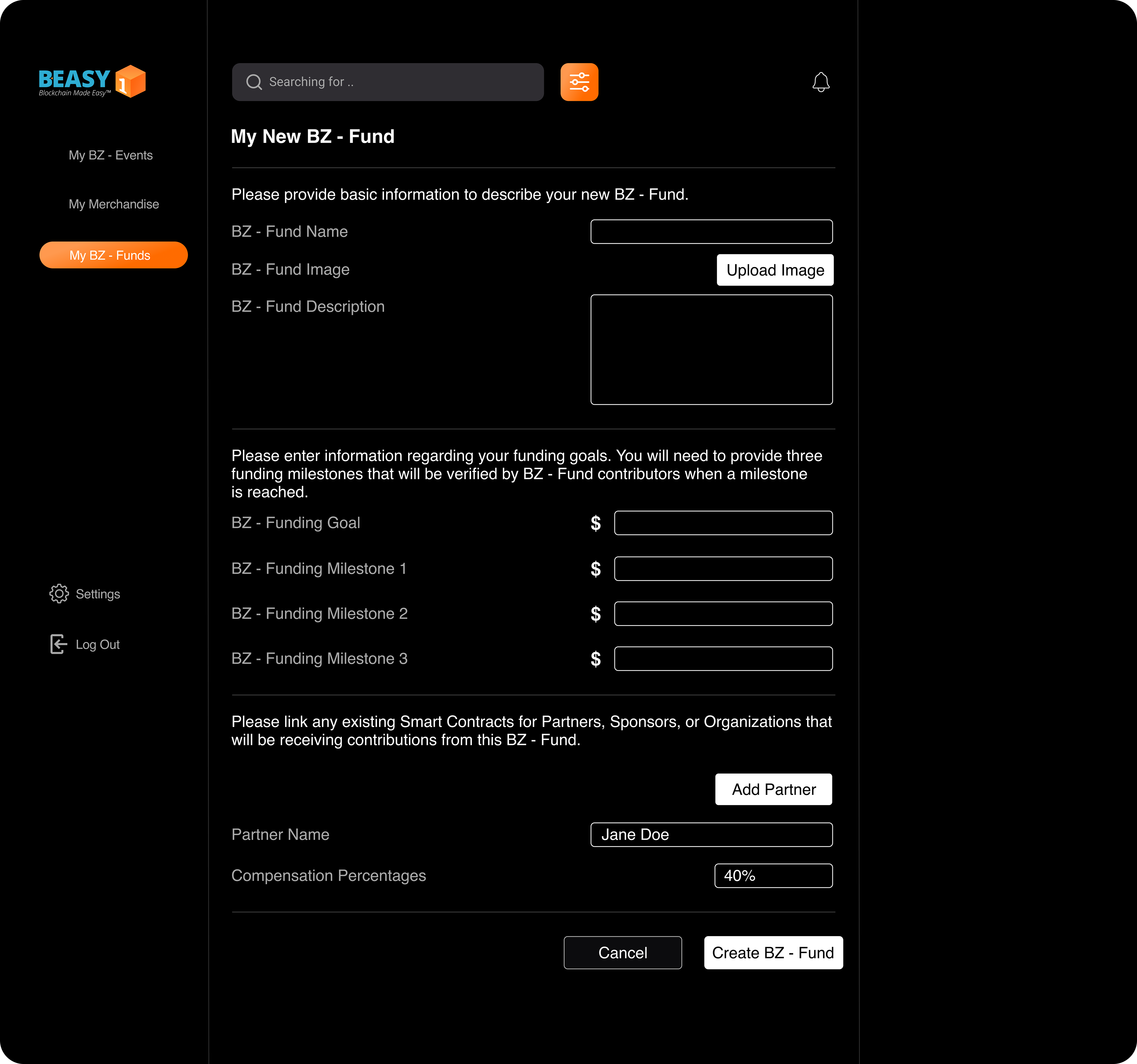
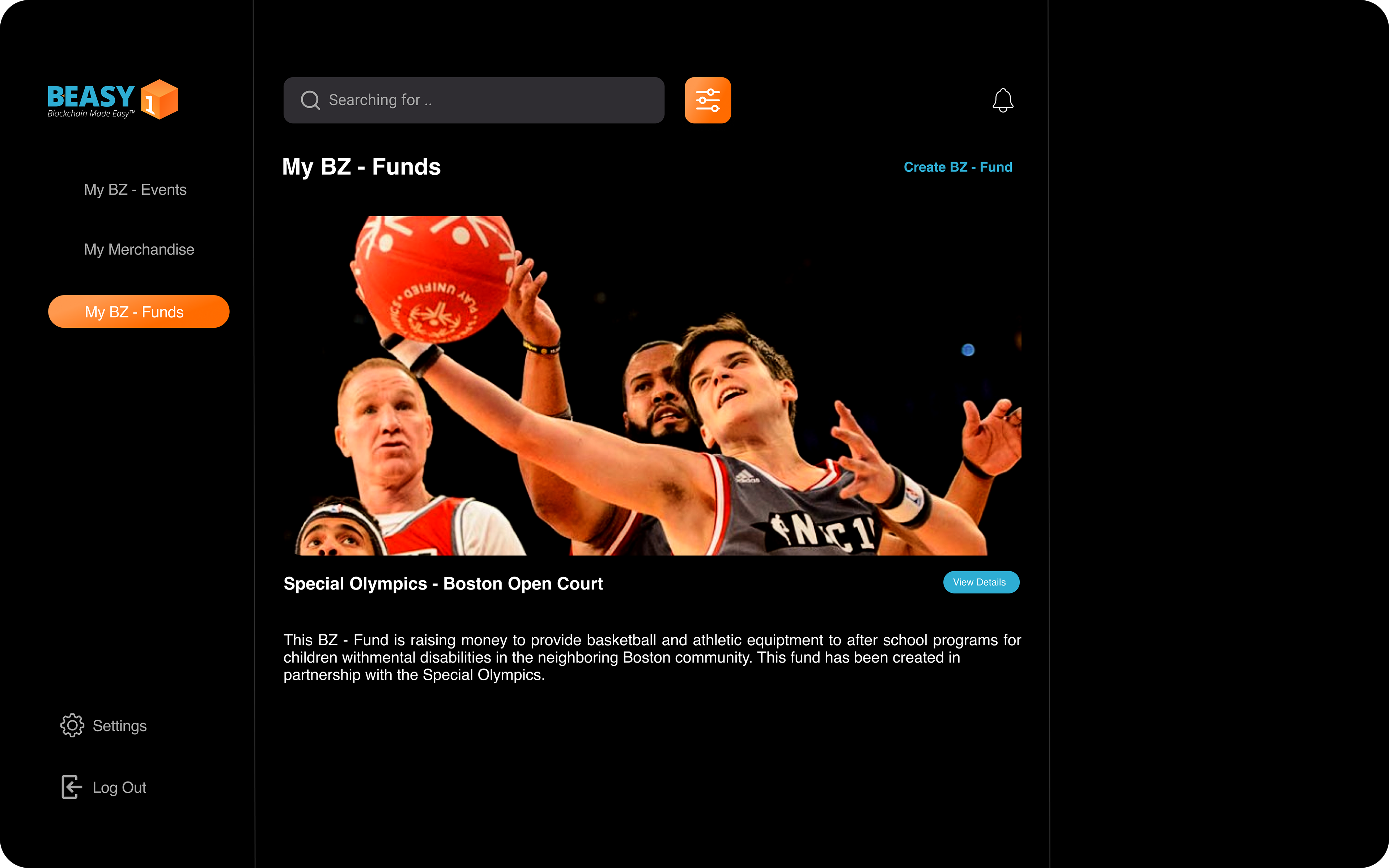
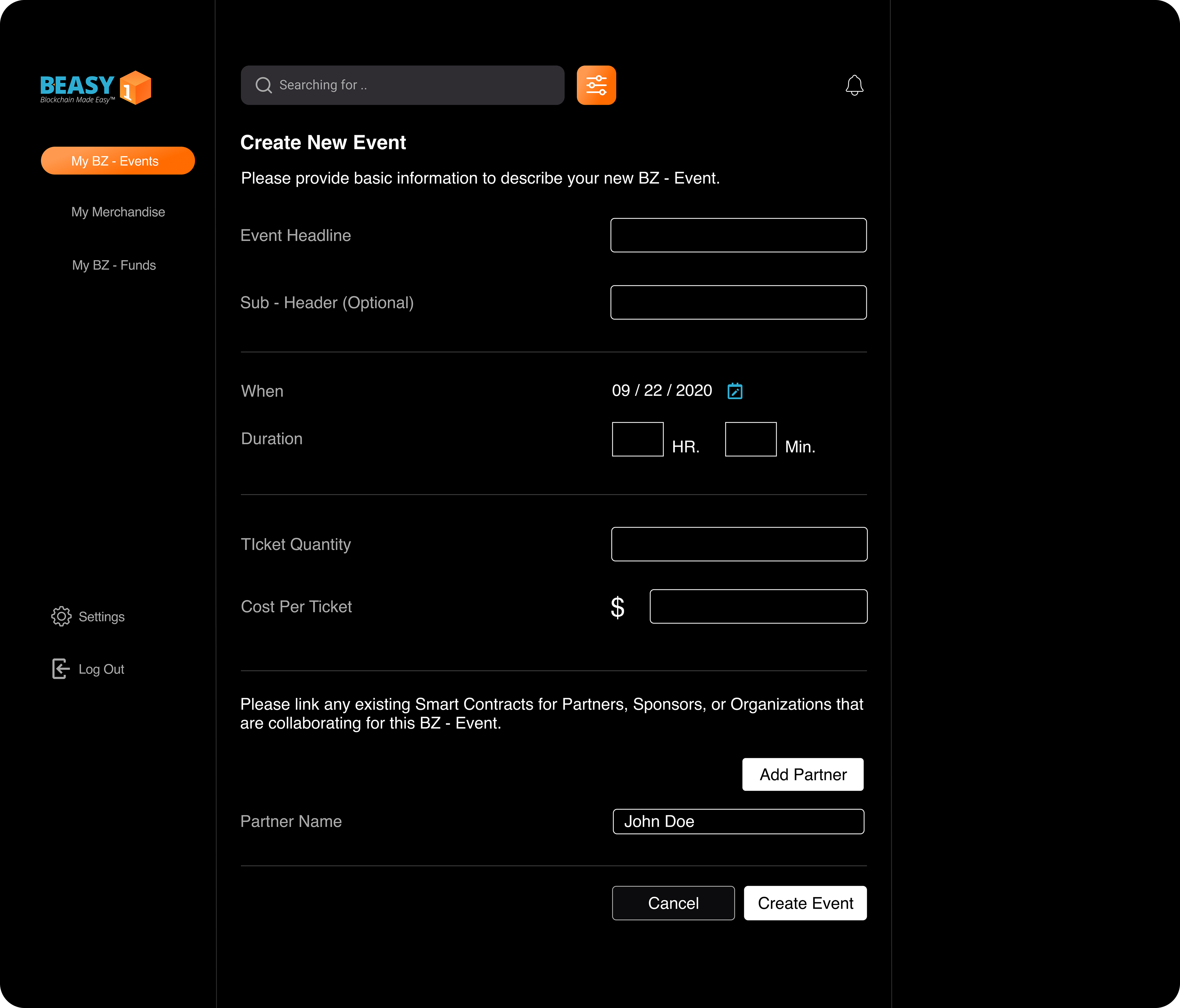
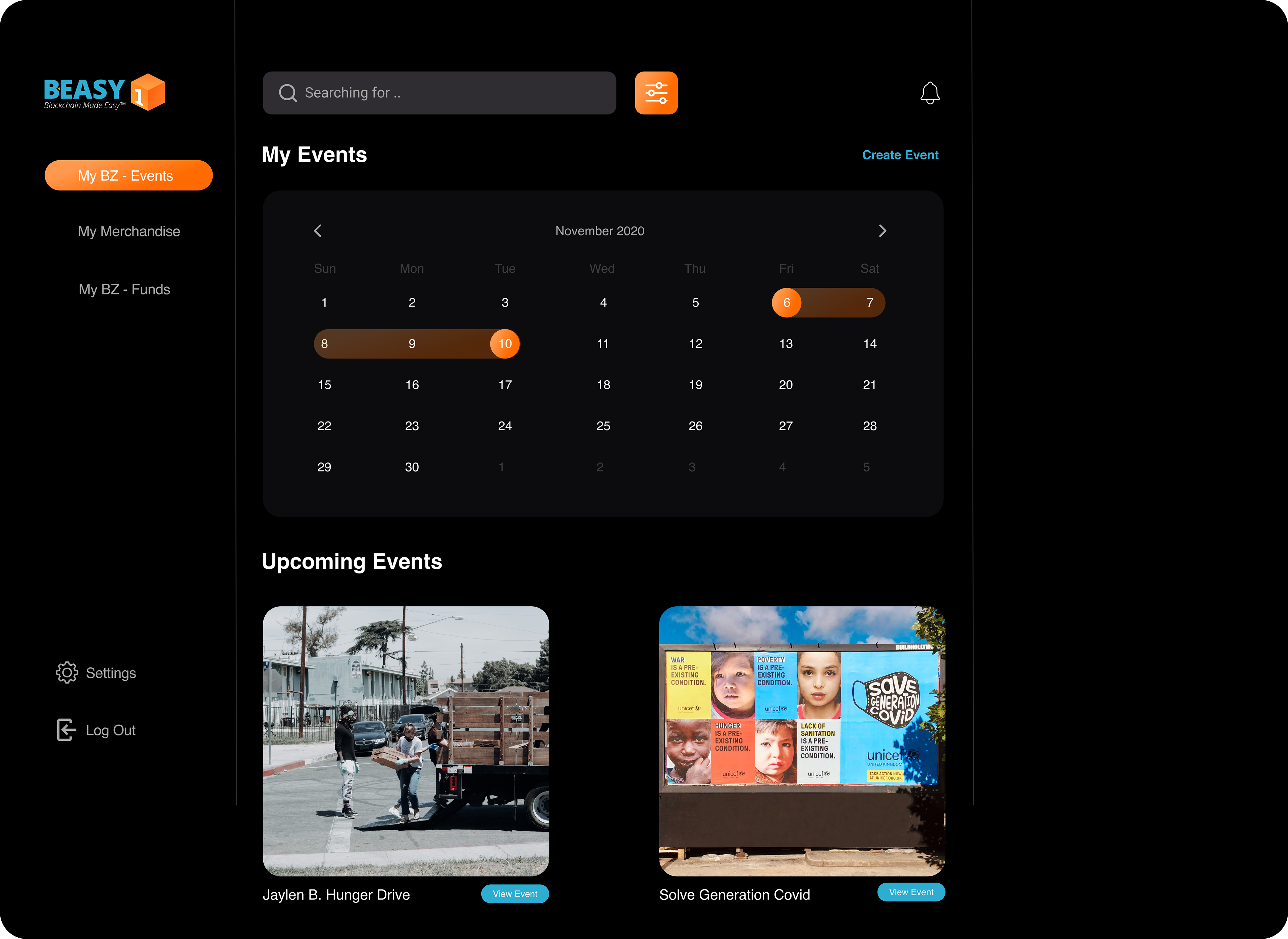
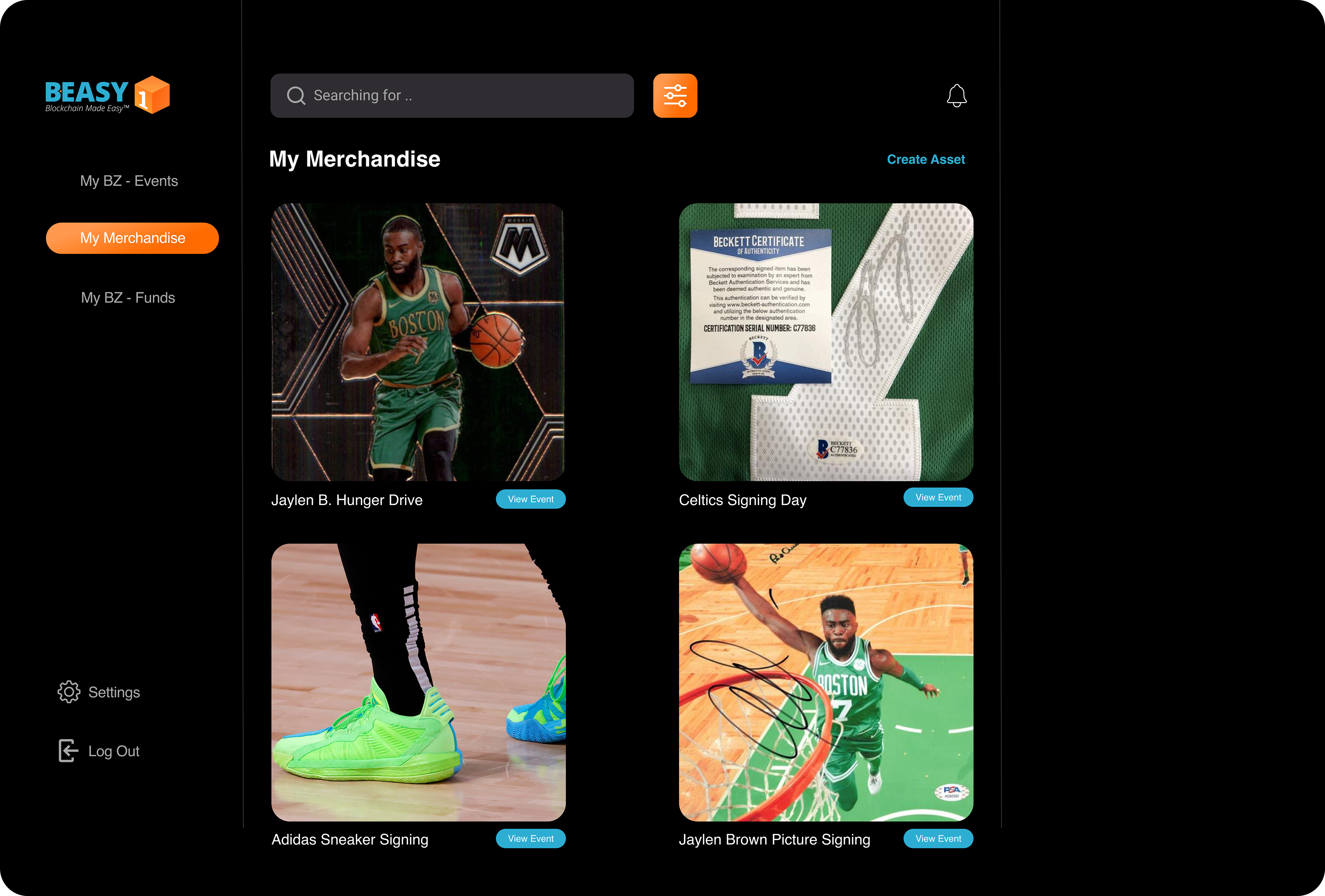
Prototype
Color Bank
Typography
Design Principle Breakdown
Hick's Law - Using this law is seen with a minimalist layout for each screen only presenting the necessary information.
Aesthetic Usability Effect - Users had a more positive emotional response towards the visual design with minor usability problems. The usage of colors along with the branding colors, and icon choice helps to provide a well-polished design.
Jakob's Law - Most users want to use familiar experience ease. I decided to create a similar informational architecture that I know users currently trust.
